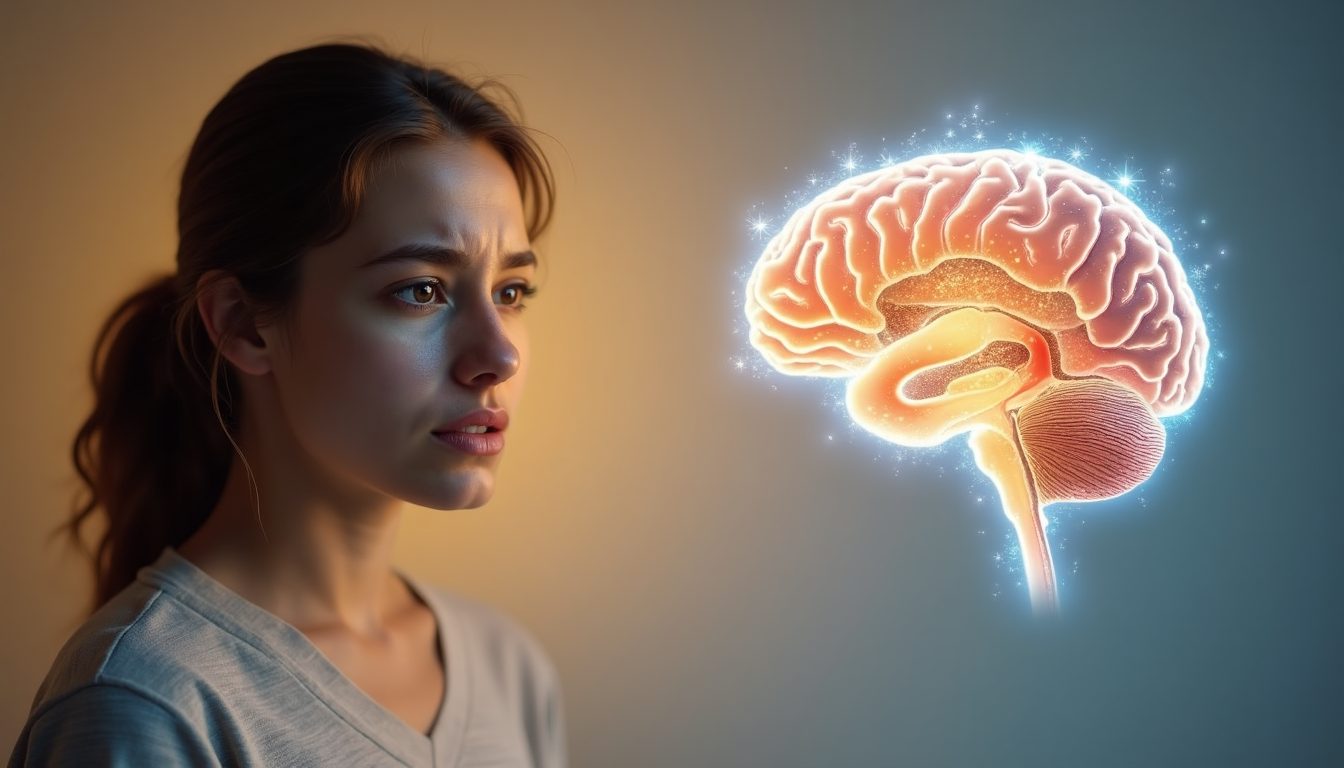The Surprising Truth About What Causes Anxiety Disorders
Anxiety disorders touch the lives of almost 30% of adults, which makes them the most common mental health conditions today. Scientists still work to solve the puzzle of what causes anxiety. Women face these challenges twice as often as men do.
Most people recognize anxiety’s immediate triggers, but the mechanisms go deeper than we might expect. Anxiety disorders emerge from an intriguing combination of factors that range from our genetic makeup to our gut health. Science shows these conditions tend to run in families. Environmental factors like traumatic events play an equally important role.
Let’s get into the surprising truth behind what triggers anxiety disorders in this piece. The story involves brain chemistry, genetic factors, lifestyle influences and hidden physical health connections that could contribute to anxiety symptoms.
The Science Behind Anxiety Disorders
“Experience, not information, is the key to emotional development.” — Jonathan Haidt, Social psychologist and Professor of Ethical Leadership at New York University Stern School of Business
Brain chemistry plays a fundamental role in anxiety disorders. Research reveals complex networks of neurotransmitters and brain regions that work together. Scientists have found that anxiety disorders come from disrupted emotional response regulation in specific brain circuits.
How brain chemistry affects anxiety
The amygdala and prefrontal cortex create a vital partnership to manage anxiety responses. The amygdala signals potential threats, and the prefrontal cortex reviews their emotional significance. Anxiety symptoms can emerge when this delicate balance breaks down.
People with anxiety disorders show systemic problems in brain functioning. On top of that, studies have found changes in brain connectivity during rest and reward anticipation, especially when you have orbital frontal cortex (OFC) involvement.
Key neurotransmitters involved
These important neurotransmitters blend together to regulate anxiety levels:
- GABA (Gamma-Aminobutyric Acid): This works as the brain’s main inhibitory neurotransmitter. Research shows that all but one of these central nervous system neurons use GABA as their primary neurotransmitter. Anxiety symptoms often increase when GABA levels drop.
- Serotonin: Studies show reduced serotonin transporter binding in the midbrain, bilateral temporal lobe, and thalamus among anxiety patients.
- Norepinephrine: This neurotransmitter controls the fight-or-flight response and directly influences physical anxiety symptoms.
Recent research findings
The sort of thing I love about modern research is how it reveals connections between anxiety and brain chemistry. Scientists have identified more than 100 genes linked to anxiety disorders. Studies show that cognitive behavioral therapy can significantly improve brain functioning and anxiety symptoms.
Research shows that anxiety affects brain chemistry differently based on age and gender. Male subjects displayed stronger anxiety effects on OFC chemistry compared to females. Middle-aged individuals showed more noticeable changes than younger participants.
New research highlights how neurosteroids – specialized molecules made in the brain – act as natural anxiety regulators. These compounds can change neuronal excitability through GABA receptor interaction. Some antidepressant medications may work by boosting the production of these natural anxiety-fighting compounds.
Neurotransmitters and anxiety share a complex relationship. Life experiences and emotions can alter neurotransmitter levels, while these levels affect mood and anxiety. Studies show that good coping strategies can increase neurotransmitter levels, even in people born with naturally low levels.
Genetic Factors That Influence Anxiety
Research shows family history ranks among the strongest signs of anxiety risk. Children whose parents have anxiety disorders are seven times more likely to develop these conditions. Genetic factors help explain why some people develop anxiety disorders while others with similar life experiences don’t.
Family history patterns
Twin studies offer strong proof of anxiety’s hereditary nature. Scientists have found that twins with identical genetic makeup show much higher chances of both having anxiety disorders compared to fraternal twins who share half their genes. Parents and siblings, being first-degree relatives, carry the highest genetic risk.
Family pattern studies show anxiety disorders have about 30-50% heritability. Genetic factors make up one-third to one-half of a person’s vulnerability to anxiety, with environmental factors playing a role too. The risk of developing anxiety disorders goes up when parents develop symptoms at a younger age or when both parents are affected instead of just one.
Gene mutations linked to anxiety
Genetic research has identified more than 100 specific genes that link to anxiety disorders. Scientists have found several key genetic variations:
- The SATB1 gene affects multiple other genes that shape neuronal development and the body’s stress response system
- The ESR1 gene, which creates estrogen receptors, might explain why women experience anxiety disorders more often
- The TRPV6 gene, found almost exclusively in people of African descent, affects calcium-ion transport
Scientists have found that anxiety disorders often share genetic links with other mental health conditions. Research shows substantial genetic overlap between anxiety and conditions including:
- Post-traumatic stress disorder
- Major depressive disorder
- Bipolar disorder
- Neuroticism
The largest longitudinal study with over 199,000 participants revealed that genetic predisposition to anxiety affects various biological processes. Multiple genes interact to create vulnerability to anxiety disorders rather than a single “anxiety gene”.

